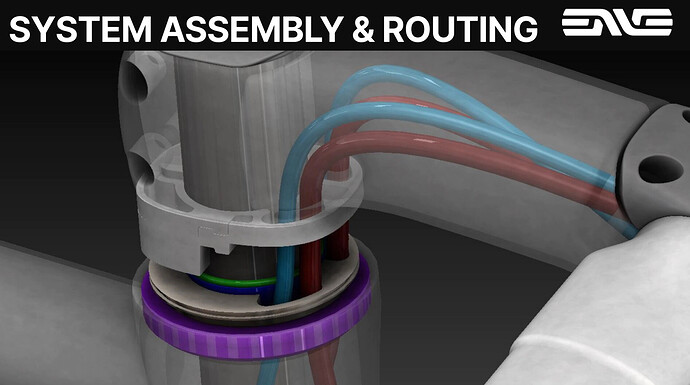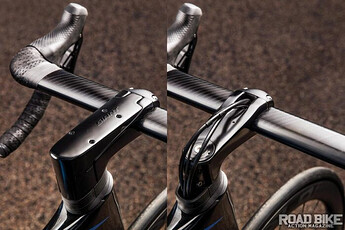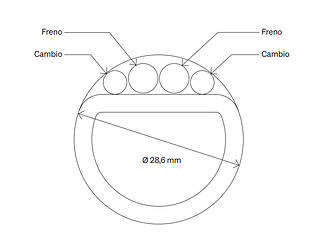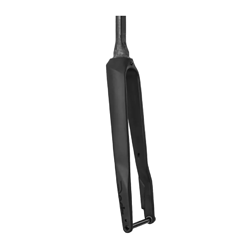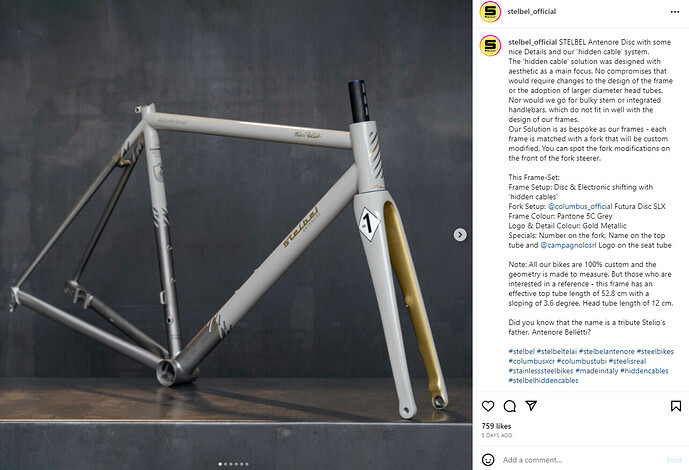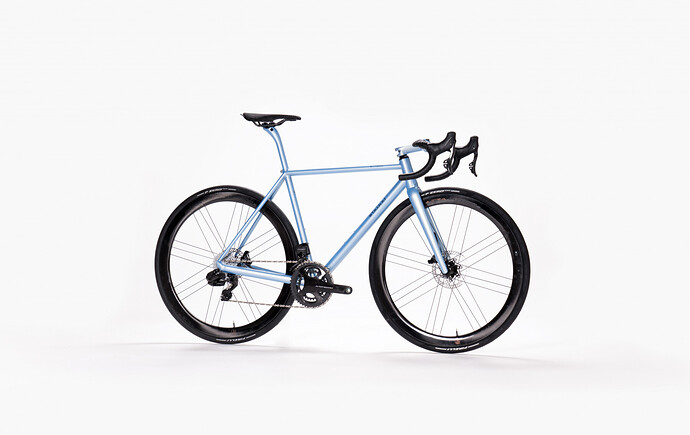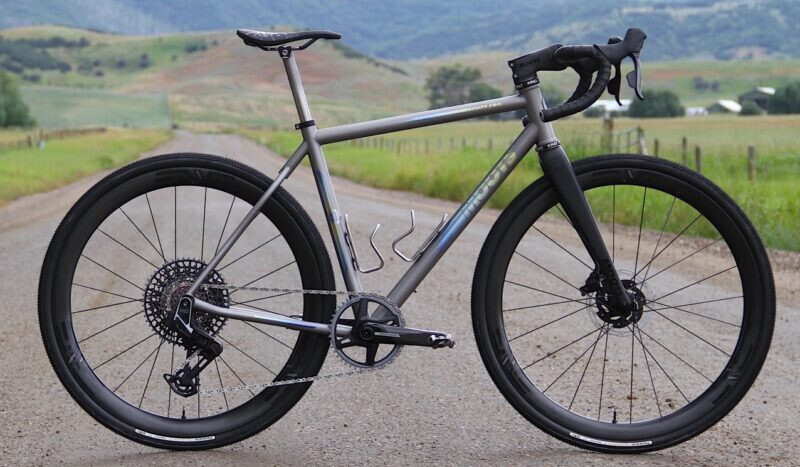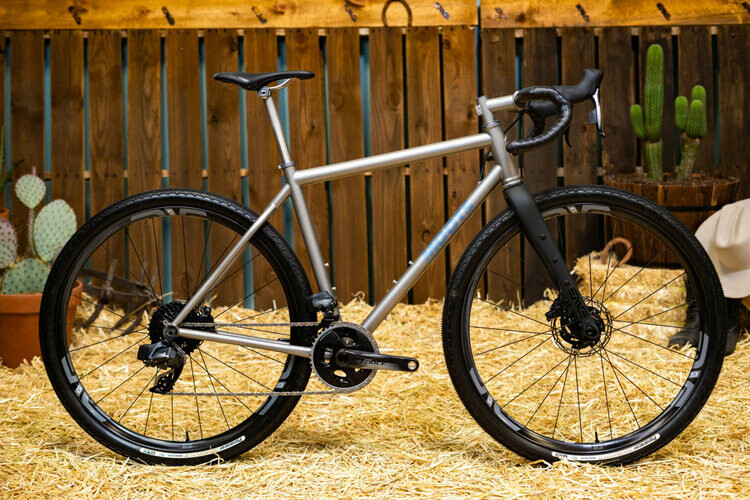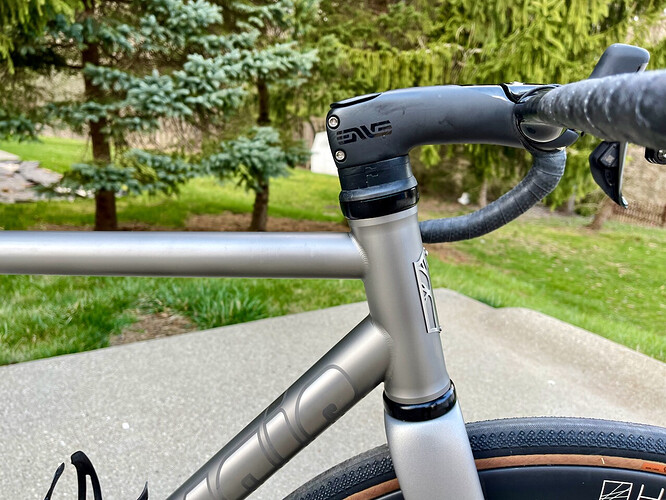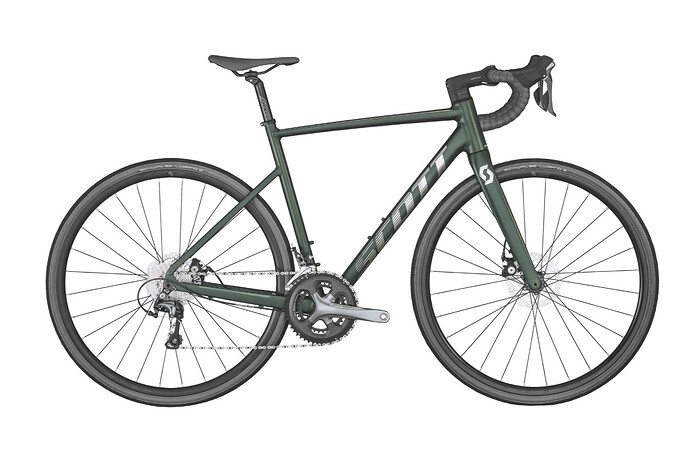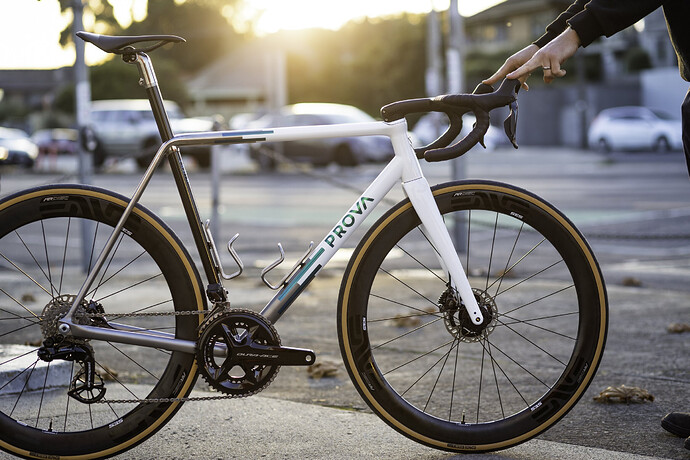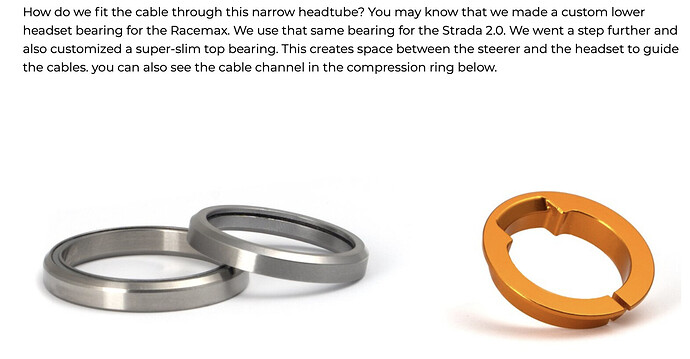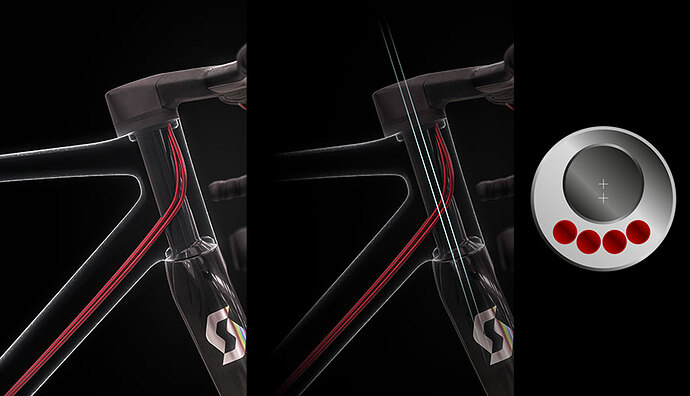i want to keep the look as clean as possible. I think it looks weird if there is crossing a brake hose the shifting cable? it will also look cleaner if i dont have the brake hose behind the shifting cable… But maybe for me it’s to risky and i choose the routing on the dt… don’t know.
ive been having a look on your instagram, can you link any images or details of the fully internal mechanical setup you’ve used?
whispers …for one reason or another, electronic shifting still just doesn’t quite feel like its not a cop-out to me.
Umm…I’m completely new here, and not really sure how things work. I have a few questions about fully integrated cable routing. How do I go about asking them without breaking rules etc?
Welcome! There are no rules regarding questions. If you post in the wrong spot I can help move it to the correct thread.
Feel free to add to an existing topic, or if you don’t know where to start, the education sub form is a good place to ask questions: Education - Custom Framebuilding Forum
Thank you. I’m not really a builder myself. But I was planning on getting a custom bike built and wanted the whole “no visible cables” thing. I was planning on getting some of the components myself, but had some questions about them.
From what I can make out, there are 3 major manufacturers making headsets which permit this. There is Deda with DCR, FSA with ACR, and Token makes one. But does everything have to be from one manufacturer? I mean, let’s say I get the Deda headset and stem, that allows the cables to pass into the headtube. Surely, any carbon fork which has the necessary hole in the steerer can then be used? Or is there more to it?
No worries, this forum is for people to talk about custom bikes, builders or not.
You bring up a good point about internal cable routing that sucks for the custom bike world: we are so limited in options. It really cuts down the diversity of designs. The root of the problem IMO is the forks, not the headsets.
Deda DCR, FSA ACR, and King Aeroset are all functionally the same. They work with the “extra large compression ring” style forks.
I th
ink there are three archetypes of fully internal routing:
Extra large compression ring
Used by:
- Enve
- Specialized
- No22
- Trek
- etc…
This is the most common style of routing cable routing. The advantage is that you have an un-adulterated steerer tube. I think this makes it one of the safer designs (although not always the case)
The major disadvantage is that you need a giant 1.5" bearing on top. This forces you to use a giant beer can for a headtube.
Through the Top
used by:
- Allied
- Giant
This is probably the “safest” option. You get to use a standard 1 1/8 headset without any weird compression ring. However this is the worst of options to work on, adjust fit, build up, etc… Also because the stem needs to house the cables, it is UGLY and proprietary.
From: https://www.gravelcyclist.com/videos/allied-echo-long-term-review-gravel-bike-road-bike-all-in-one/
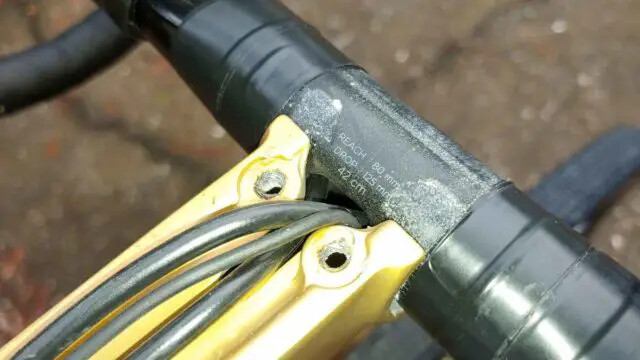
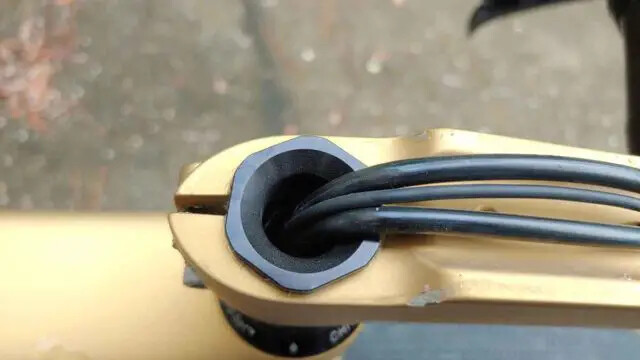
D steerer / eccentric steerer
Used by:
- Deda
- Ridley
- Cervelo
- scott
I think this should be the best option for the metal bike world. You can use a standard 1-1/8 steerer tube and small headtube. However, the D shape is not as structurally efficient and easy to manufacture compared to a simple round tube. Assuming the companies do the proper testing and have manufacturing controls in place, this can be mitigated. But who knows…
The major problem right now is that only DEDA makes forks for aftermarket, and they are ugly:
What would I do?
I would do what Stebel does: custom machine every fork with slots specific to that bike. I don’t know if they reinforce the steerer, but I would glue a thick aluminum pipe before matching.
There is another forum member who does this, but I can’t recall the name.
I think it makes a lot of sense: no one is adjusting their cockpits on an internally routed bike. With a custom bike, you should know your fit pretty well. You just need to slot the steerer where your stem sits. The end result is a nice slim front end and fork.
This is what I find funny about internal cable routing in the custom world: On a metal bike, fully internal routing is purely for aesthetics. But then to get the cables in your headtube, you slap on a giant headtube, stem, headset, and headset spacers. But beauty is in the eye of the beholder I guess.
I am really not convinced that this:
looks better than this:
For headtubes/headsets, builders only have two off the shelf options:
The beer can: EC44/EC44

The bigger beer can: ZS56/ZS56
Custom IS52/IS52
IMO Prova is the only one who does internal routing well, but it’s not easy. They weld a 3D printed lug to a custom IS52 paragon headtube lower. It requires a printed lug, fusion welding it to the HT, fixturing it, and post-machining the races so they are parallel.
Insightful as always Daniel.
For steel steerers, could you adapt the brass internal tube method? By drilling the steerer and running tubes inside (possibly in a spiral to reduce kinks), you get the smaller headset of a through-the-top style, but the other benefits of the other two styles. Obviously the steerer tube would need to be suitably strong. Potentially could be done with carbon if you know what your doing (hopefully with some failure testing!).
Also, if you can find one on it’s own, the Ridley Grifn fork might work well for custom builds. 1.5-1.125 inch D-shaped steerer, nice slim blades and crown, no proprietary crown shaping, decent all-road tyre clearance. The new Rodeo Spork 3.2 gravel fork has fully internal cables, although no clear indication on their website how this is achieved and what systems it works with (probably 1.5i" top bearing/large compression ring).
Hi Daniel. Thank you very much indeed for taking the time out to explain things in such detail. It’s much clearer to me now. Since there is no rush with this particular build, I think I am going to wait, look around, and try and find something better.
What I find even more worrying than the questionable aesthetics of the Deda fork, is it’s price. 625 Euros is a bit too much.
I was looking at the Stelbel TI9 DISC. A very very clean looking bike indeed.
With so many companies making their own ‘system’ for internal routing, is there a possibility that we will run into compatibility issues in the future? If one were to build a Titanium ‘forever bike’, would it be easier to live with, if it had more conventional cable routing?
Compatibility issues? With bikes? Never heard of it. Just kidding. There will ALWAYS be compatibility issues with bikes. In fact, it’s pretty much the business model of the bike industry. Keep changing things and people will be forced to keep buying the newest items.
As for internal cable routing, it seems to be the “thing” for cyclists who have lots of disposable income and don’t work on their own bikes. But if you are a DIY kind of a person, I would do external routing, or just avoid routing through the headset.
Want a longer stem on an external routed bike? Sure, takes about 20 minutes to change it out and can use any stem that matches the steerer and handlebar diameters. Internal? All day job, stem will be proprietary, and you will probably need to replace your cables too. Again, if you are someone who just takes your bike to the shop and don’t mind paying a few extra hundred dollars for a longer stem it’s not a big deal. But otherwise, keep it simple with external.
Don’t ask about bottom bracket compatibility issues… ![]()
I’d say the exact opposite. I happily to do my own wrenching, including internal hoses. But if I was paying someone else I’d want to keep the hassle to a minimum.
And how does it take someone 20 minutes to change a stem? It’s like 14 bolts and five seconds of faffing with the headset preload.
By the time you get your stand set up, get your tools out, take off the old stem, put on the new stem, get the bolts all torqued correctly, get the stem and handlebars straight and tidy everything up, it would probably be about 20 minutes. If you can do it faster…congratulations.
This takes the majority of the 20min ![]()
To answer your question specifically, I don’t think there will be brake hose compatibility problems down the line. The brake diameter has been 5mm-ish forever, and there is not any advantage to changing the diameter.
I think the only potential issues are the nuances of how the cable bends when it enters the frame (see this recall ). But that is impossible to know.
For mechanical, it’s a totally different story. I don’t think any of the fully internally routed solutions have actually been ridden and owned with mechanical routing.
To me, a forever bike is something that someone will ride for a long time, which means it will need to change in fit as they get older or their riding style changes. With a fully internal system, there is no guarantee that you will be able to find a handlebar, stem, headset, headset spacers in 3 years to do a fit change.
I feel like im off on a bit of a tangent here, but there have been a couple of updates to my earlier directions of inquiry…
- the Cervélo “throw the steerer in the bin” situation, IS the case, and the bolt IS NOT concentric, its arranged as in the picture I posted earlier. I imagine all the shift/brake infrastructure is routed through that hole in the ‘front’ of what im tentatively going to call the ‘compression plate’.
(ill admit the premise of this is growing on me,“the steerer can’t be in the way if there’s no steerer ![]() ”, but that’s maybe best left for another time),
”, but that’s maybe best left for another time),
- 3t have finally made a blog post about the “new Strada” system, and it seems to suggest it uses a round 28.6mm steerer, and an IS42 upper “cup” in the frame, with an apparently very slim, ‘custom’ upper bearing. which might be interesting to steel frames builders who aren’t into the current huge upper bearing options…
below is a screen grab from their website/ blog ( Introducing the brand-new Strada - Subtle changes to EVERYTHING - 3T Blog )
they’re calling this bearing (in the spec sheet for new Strada complete bikes) a “3T MinMax Integrale IS42/31.8”
if that means its only got a 31.8mm ID, that’s not really enough room for cable housing beside a round steerer…
but, like, its 3t, so they haven’t actually published hard info on anything ever… ![]()
anyone ever seen an angular contact (or not I suppose, it IS the top) IS42/IS41 compatible bearing with a BIG hole in it? do we need to talk about bushings again?
oh among further googling, buried in the garden on their website is this document, https://www.3t.bike/info/3t_strada_icr_specs.pdf
this lists the headset as “3TICR Minmax IS 42/34.1 + 47/37”
an IS42 bearing with a 34.1mm hole in it leaves 5.5mm on one side if you get your eccentricity bang on… EDIT : OR make the steerer tube d shaped and say its electronic only like a WIMP, sighs with disappointment
I think I would run 5.5mm clearance and an eccentric, round steerer.
are there weird implications of an eccentric steerer im missing? I suppose it moves the “stem mount” a couple of mm…
I’m having a hard time understanding an eccentric steerer. What is the steerer eccentric to? Maybe I’m overthinking this and there’s a simple explanation. My apologies if this was explained way back and I missed it.
Here is an image of the Scott bike. It’s not an actual render so it’s purpose is just marketing, but It looks like the fork steerer is offset inside the bearings to give more room for the cables. It would require the upper crown race to be perfectly in line with the center of the fork to not introduce some weird steering I would guess.
It’s similar to the D shaped steerer but it’s a circle which in the context of steel bikes is easier to create.
In total support of above comment, I’m using the term “eccentric steerer” to mean specifically: A round steerer tube that passes through the headset bearings like normal, but is offset rearwards from the steering axis (in practice, it would only need to be offset a little bit, maybe ~3mm), this is done by the fork and compression ring having bearing interfaces which are not concentric to the steerer.
The reason for doing it would be to make the gap between the front of the steerer tube and the inside of the upper headset bearing wide enough to fit cables and hoses through, while keeping the bearing OD as small as possible.
